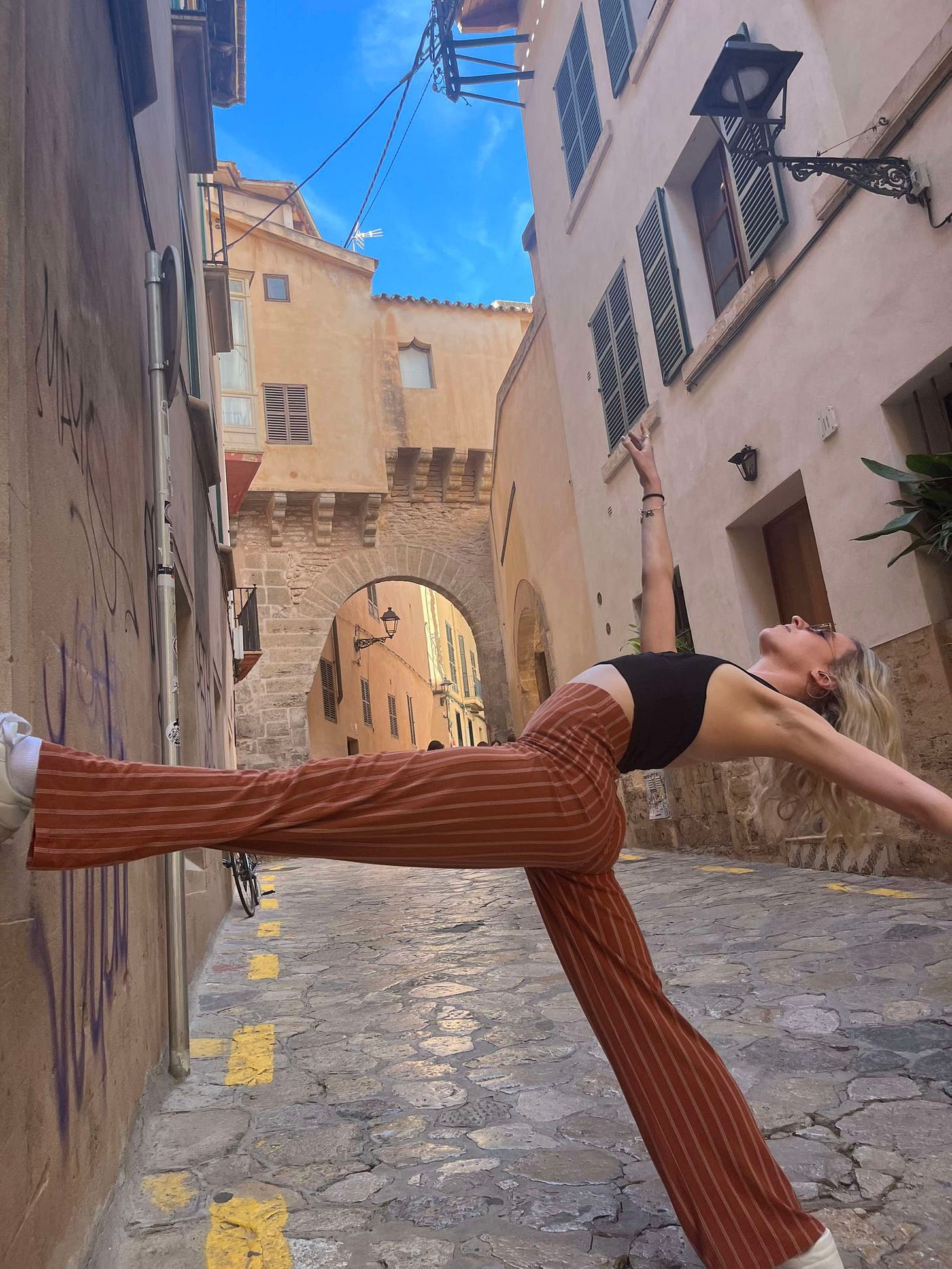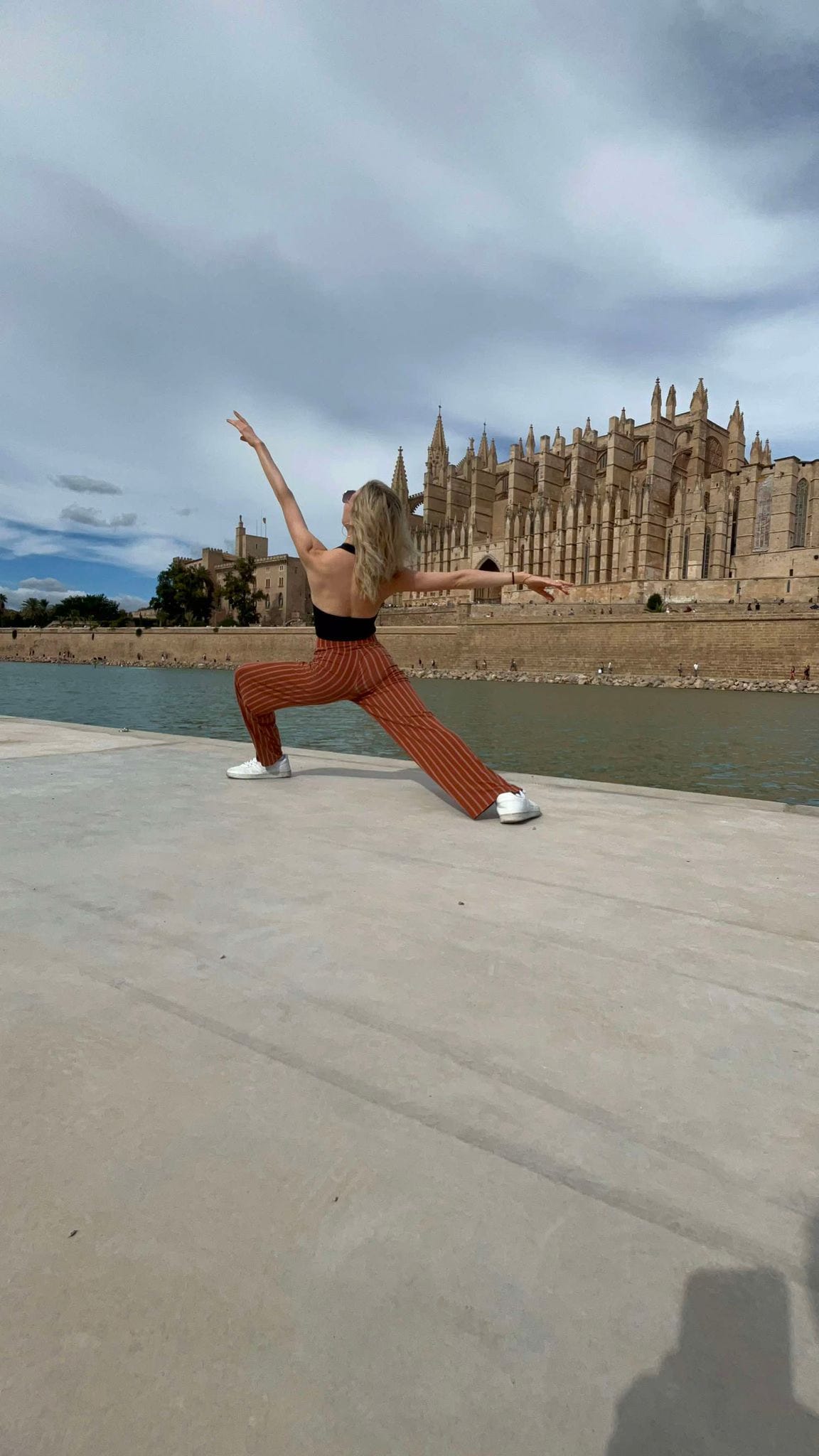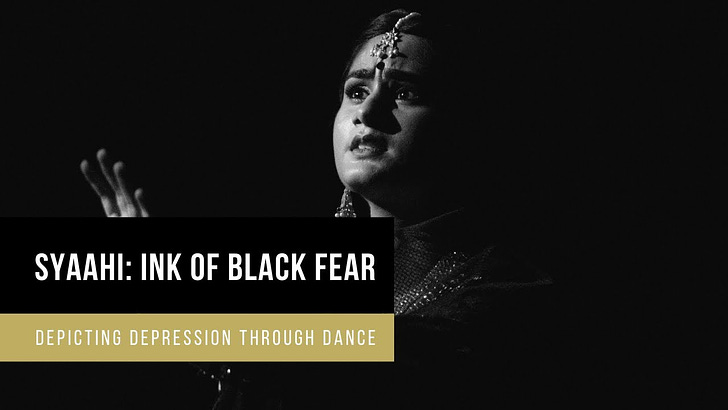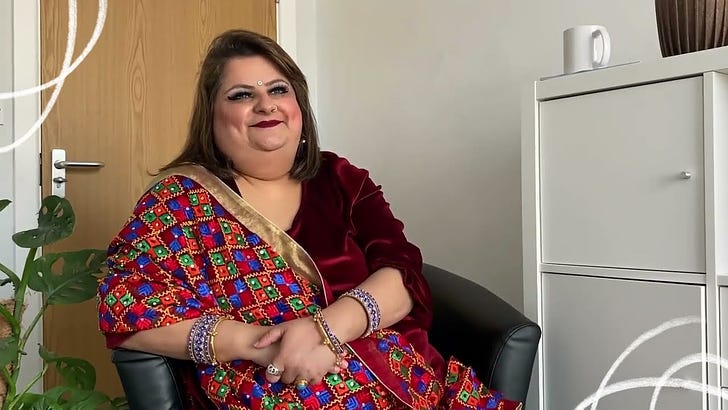Guest Post: The 4-Hour Workweek for Artists and Dancers
Avoiding Burnout and Maximizing Creativity by April Lorenzi
Today I am happy to have a guest post for you from of whose website bio reads in part:
“Dance gives me an appreciation for life and for the human body like nothing else does. I believe life should be full of doing what you love and striving to achieve your full potential. I believe that where your thoughts are constantly taking you is where you are meant to be. Dance has been that for me since I first began.”
Let's talk about burnout in the arts. It’s a big factor in how we feel about our work, our creativity, and even our general happiness. Burnout affects our ability to think clearly and can drain us emotionally. This fatigue starts creeping in when we lose the passion we once had for what we're doing, and soon we become irritated—not just with work, but with everything. These early signs are warnings: we’re working too hard and teetering on the edge of burnout.
As artists, we love what we do. It’s easy to fall into the trap of overworking because we care so much about the quality of our work. I’ve been there—burned out from dance. For me, it wasn’t just about needing physical rest; it was about needing a mental break. I felt like my brain needed a reset, but I kept pushing because I thought the only way to get better was to work harder. I tied my sense of self to my art, which drained all of my energy reserves.
That’s why I found The 4-Hour Workweek by Tim Ferriss so refreshing, even though it’s not a typical read for artists. Ferriss’s principles can apply directly to anyone in a creative field, whether you’re a dancer, visual artist, or musician. His approach can help us manage our time more effectively, take breaks, reduce burnout, and focus on the tasks that truly matter. This way, we can sustain our passion for the arts long-term, without feeling drained.
One of the concepts Ferriss emphasizes is the idea of mini-retirements. In the arts, we don’t usually think about taking breaks in the same way others do. We might not plan for a formal "retirement" because our work is so tied to our identity and our passion. But this lack of downtime is a huge contributor to burnout.
I used to think I didn’t need breaks—I thought I could just keep going. I was wrong. It’s not about taking one big vacation or retirement at the end of our careers; it’s about scheduling regular breaks now. These mini-retirements could be a week off from dancing, or maybe just a couple of days. They give our brains a chance to recharge, and we come back refreshed, with our creativity reignited. Whether you’ve just finished a big project, like a painting, a dance performance, or a manuscript, taking that time away helps to prevent creative blocks. The time away is essential—not wasted—to sustain your long-term artistic career.
Another concept from Ferriss that’s useful for artists is batching. Batching is a time-management hack where you group similar tasks together. Switching between different tasks constantly can slow us down because there’s a mental cost every time we change focus. So instead of juggling administrative tasks throughout the week—like answering emails, organizing events, or preparing marketing materials—try to group them all into one block of time. By handling them in one go, you’ll free up more mental energy for your art.
For example, if you’re a writer, you could schedule your outreach emails to publishers and networking efforts all at once, instead of scattering them throughout the week. For performers, you might handle costume planning, scheduling rehearsals, and marketing during the same block of time so you don’t have to switch gears constantly. It’s all about minimizing the friction between tasks so you can focus more on your creative work.
Automation and delegation are other key tools from Ferriss’s book that can transform your workflow. As artists, we often handle everything ourselves, from marketing to website management, but this can eat away at the time we have for our actual creative work. Consider automating tasks like social media posts or hiring someone to manage your website if it’s not your strength. Freelancers are affordable, and sometimes outsourcing a task can save you hours of frustration.
When we automate and delegate, we free ourselves from the tasks that drain us. For instance, if you’re spending hours posting on social media, you can use a tool to schedule posts in advance across platforms. Or if you’re not tech-savvy and you’re struggling to build a website, hiring a freelancer could be a much better use of your resources. Think about what’s draining your energy and ask yourself if it’s something you can automate or delegate.
Finally, Ferriss talks about selective ignorance—knowing when to say no to distractions and unnecessary tasks that don’t align with your goals. For us artists, this could mean not taking on projects that distract from our creative vision. We need to be intentional about what we say yes to, focusing on the work that aligns with our goals and ignoring everything else.
By applying these principles—taking breaks, batching tasks, automating and delegating, and filtering out distractions—we can protect our mental energy and stay passionate about our art. When we’re not burned out, we create better work, sustain our careers longer, and enjoy a healthier relationship with our art form.
If you're looking for more mental hacks and book recommendations on mental skills that all artists can use, check out my Substack. Although written with examples from dance, the tips are applicable to artists of all kinds. If you enjoyed this post and want more insights on The 4-Hour Workweek specifically for dancers, head over to my Substack for the full blog post or podcast episode.
Connect with April here on Substack or over on her main website.









